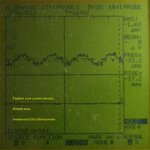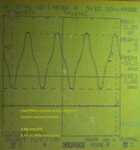Flavini
Newbie level 5
I am making a circuit for overcurrent protection where the circuit is shut off using a relay if current is greater than 10A. For current sensing, I chose to use a current transformer.
My question is that, if I'm measuring the current flowing through at 220VAC 50Hz, can I use a ferrite toroid? I was thinking of 1 turn and 100 turns. Will this work? Will there be a problem if I use ferrite at this low frequency?
Thanks.
My question is that, if I'm measuring the current flowing through at 220VAC 50Hz, can I use a ferrite toroid? I was thinking of 1 turn and 100 turns. Will this work? Will there be a problem if I use ferrite at this low frequency?
Thanks.

